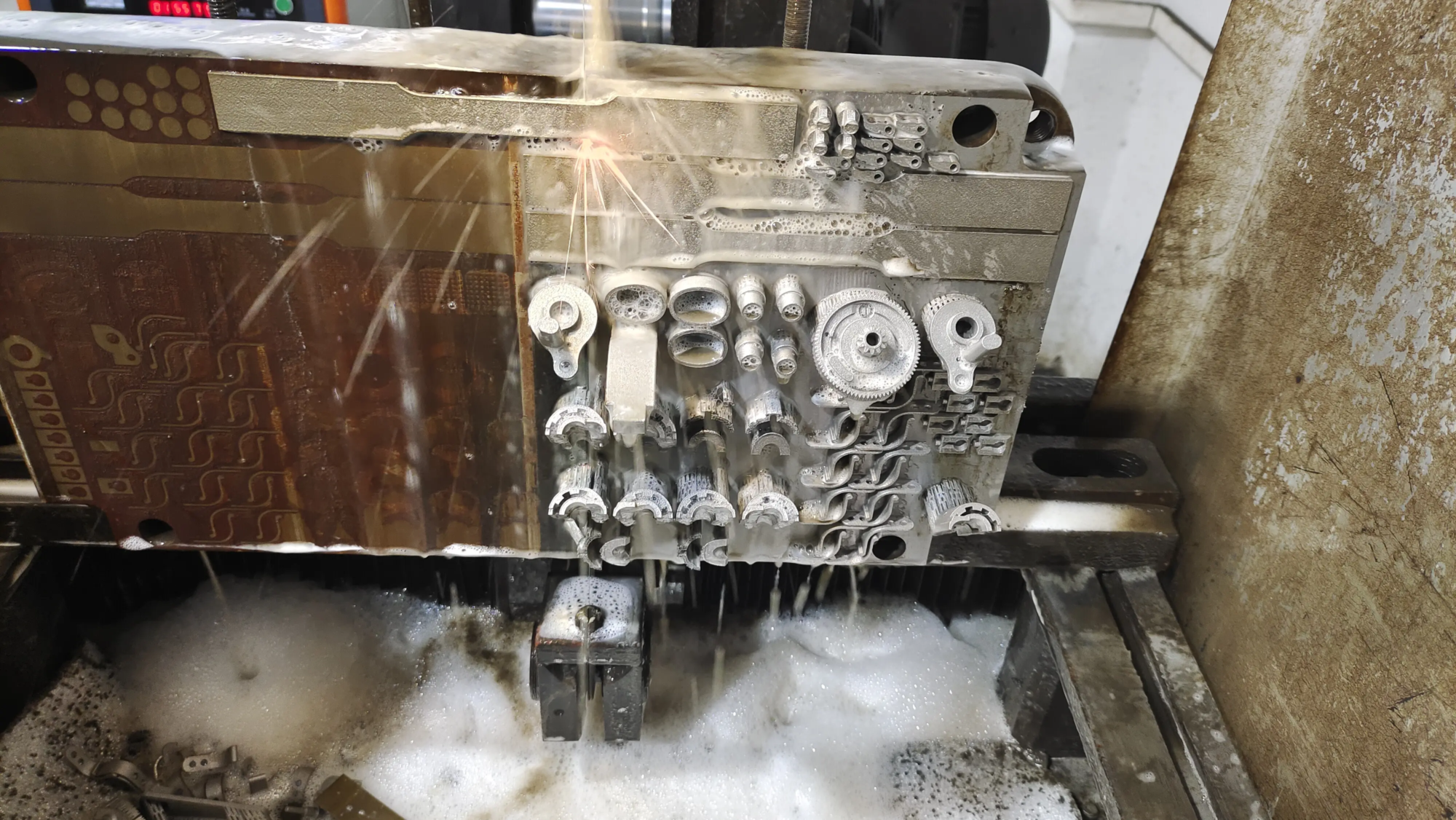|
Recently, the Polytechnic University of Bari in Italy successfully built a 6-meter-long prototype pedestrian bridge: the “Da Vinci Bridge”. Focused on environmental protection and innovation, this bridge combines the classic architectural design of Leonardo da Vinci with modern 3D printing technology, pioneering the use of waste stone powder generated during stone processing. stone to create a new building material.
After a year of extensive research and experimentation, this bridge prototype was successfully completed and is known as the world’s first 3D printed bridge constructed from stone processing waste, setting a new benchmark in the field of sustainable construction.
Integration of traditional design and modern technology
The “Da Vinci Bridge” project is inspired by one of Leonardo da Vinci’s classic ideas: a self-supporting arch bridge originally designed to connect the Pella district and Constantinople on both sides of the Golden Horn. Now, the research team has used modern 3D printing technology to innovatively interpret this historic design and turn it into an environmentally friendly architectural sample that meets contemporary needs.
To achieve this goal, the ArCoD department of the Polytechnic University of Bari collaborates with a number of Italian leaders in the field of 3D printing and stone processing. The bridge’s modular components are produced by Italian 3D printing equipment manufacturer WASP, and its 3MT LDM concrete printer is responsible for manufacturing 13 modules.
Designed using the principle of “solid geometry”, these modules can be easily assembled to form a stable arched structure without the need for permanent support formwork.
Hardware breakthroughs and multidisciplinary team collaboration
The Leonardo da Vinci Bridge was built using a low-impact mortar made from stone waste powder mixed with a lime-based binder, developed by Italian start-up B&Y. The official said that this innovative material fully demonstrated the potential of reuse of industrial waste in construction, successfully transformed industrial by-products into functional building materials, and provided a new idea for the green development of the future construction industry.
The entire project brings together experts in the fields of architecture, engineering and materials and is designed by Professor Giuseppe Faracalla from the Polytechnic University of Bari. Architects Ilaria Cavalieri and Angelo Vito Graziano, together with Mattia Morandi from WASP, optimized the printed model.
At the same time, engineering teams from B&Y, WASP and the Polytechnic University of Bari worked together to further optimize the material properties. It is this type of close interdisciplinary cooperation that enables the trouble-free realization of the “Leonardo Da Vinci Bridge” from concept to reality.
A breakthrough in applications combining efficiency and low carbon emissions
In recent years, the application of 3D printing technology in the construction field has achieved many breakthroughs. Numerous projects in Europe and other regions have demonstrated the enormous potential of this technology to speed up construction, save resources and reduce environmental impact.
In January 2025, Europe completed the region’s first 3D printed social housing project compliant with ISO/ASTM standards. This project was led by Harcourt Technologies Ltd (HTL.tech) and used COBOD International’s BOD2 printer to build a social housing development in just 132 days, shortening the traditional construction period by 35% and is complies with a number of EU building standards.
In December 2024, the 3D printing modular construction project led by Thailand’s SCG Cement Group was completed, reducing carbon emissions through the use of low-carbon mortar. The total building of 58 square meters is made up of 6 modules. Production of the modules took 33 days. After transporting 150 kilometers, on-site installation took only 5.5 hours. The final finish was completed in 7 days. The total construction time is 41 days, which is almost halved compared to traditional methods.
In October 2024, Sustainable Concrete Innovations (SCI) in Ohio, USA, developed a quick and efficient way to build houses through cooperation with CyBe Construction, a Dutch 3D printing company. A 1,300 square foot house was built in eight days, and printing all wall components took just 20 hours.
write at the end
Through the combination of 3D printing technology and recyclable materials, the “Da Vinci Bridge” can not only reduce the impact of construction on the environment, but also achieve a more efficient and more efficient construction method. economic. In the next step, the team will continue to evaluate the mechanical properties of the material and further optimize the printing technology to lay a solid foundation for the application of 3D printing in a wider range of fields of construction.
As this technology continues to mature, I believe that 3D printing technology will have more practical applications and become an important force in promoting the sustainable development of the construction industry.
|





